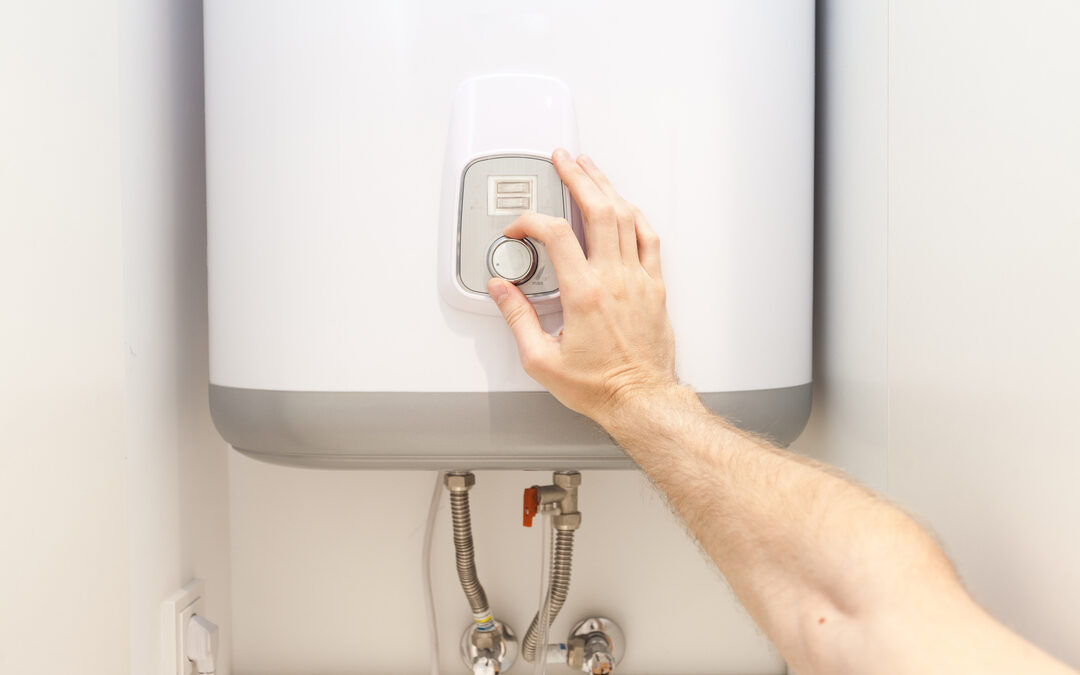Did you know that Australian homes spend between 15 and 27% of their energy just heating water? That’s a significant chunk of your energy bill. So, when it’s time to install a new hot water system (or replace an old one), you want to make sure you choose the right system for your home.
But with so many options on the market, it can be overwhelming to know which one is the best fit for your home. How much will each system cost to install? Are there hidden fees or extra costs to consider? And which system will give you the best balance between upfront price and long-term savings?
In this 2025 price guide, we break down everything you need to know about hot water system installation costs in Australia. We’ll explore the different types of systems, explain what influences installation costs, provide average price ranges, and share tips on how to choose the right system for your household.
Key Takeaways
- Hot water accounts for a significant portion of energy bills: Australian households spend 15–27% of their energy just heating water, making system choice crucial for long-term savings.
- Four main hot water system types: Electric, gas, solar, and heat pump systems each have different installation costs, running expenses, and energy efficiencies, so selecting the right type is essential for your household needs.
- Electric systems are cheaper upfront but cost more to run: While electric units are the most affordable to purchase and install, pairing them with solar panels can reduce energy bills and improve efficiency.
- Gas systems offer faster heating and lower running costs: Natural gas units heat water quickly and are cheaper to operate, while LPG can be 2–3 times more expensive. Pilot light models also function during power outages.
- Solar and heat pump systems save energy long-term: Though more expensive initially, solar systems and heat pumps use less electricity than conventional electric systems, especially when paired with solar panels.
- Installation costs depend on multiple factors: System type, tank size, installation complexity, brand, location, additional materials, and hidden fees all affect the final price, which can range from $600 to $6,500+, depending on your choices.
- Choosing the right tank size is crucial: Each person uses about 50L of hot water daily. A family of four should consider 160–250L. Correct sizing avoids overspending and ensures enough hot water.
4 Common Types of Hot Water Systems in Australia
Before deciding on a new hot water system, it’s important to know what’s out there. The type of system you choose will not only influence your comfort at home but also determine installation costs and ongoing energy bills. Here’s a breakdown of the four most common options in Australian households:
1. Electric Hot Water Systems
Electric hot water systems are used by around 50% of Australian homes. They’re generally cheaper to purchase and install than other types.
However, their running costs can be higher, mainly due to the cost of electricity, which is typically more expensive than gas. Many electric systems use storage tanks that keep water hot even when it’s not being used, resulting in standby heat loss. Households with frequent hot water usage will see ongoing energy costs rise as the system continually reheats water.
Pairing an electric system with solar panels can help offset these costs by using free solar energy to heat water during the day, making the system far more efficient and economical over time.
There are two main varieties:
- Storage systems: These heat water using an element and store it in an insulated cylinder for daily use. Big tanks (160–400L) can take advantage of cheaper off-peak electricity, while small tanks (25–125L) rely on peak power, making them more expensive to run. Heat is also lost through the tank walls, even when water isn’t being used.
- Instantaneous systems: These heat water on demand, without storing it, so you only use energy when needed.
2. Gas Hot Water Systems
Gas systems usually cost more to buy than electric systems, but are cheaper to run with natural gas. They heat water much faster, often twice as quickly as electric models.
Options include:
- Storage systems: Store hot water in a tank for later use.
- Instantaneous systems: Heat water as it’s needed, avoiding the need for storage.
Homes without natural gas can use LPG, though it costs 2–3 times more to run. Gas systems with pilot lights also have the advantage of continuing to work during blackouts, unlike electric ignition models.
3. Solar Hot Water Systems
Solar systems (like solar panels) use the sun to heat water, cutting energy use by up to 90% compared to conventional hot water systems. They combine roof-mounted collectors with a storage tank and often include a gas or electric backup for cloudy days.
Types of solar systems:
- Close-coupled systems: The storage tank sits on the roof directly above the collectors.
- Pumped systems: The tank is on the ground, and water is pumped up to the roof collectors.
Although solar systems cost more upfront, they can reduce energy bills by up to 65% and lower carbon emissions by 1.5 to 2.5 tons per year.
4. Heat Pump Hot Water Systems
Heat pump hot water systems are an energy-efficient alternative to standard electric systems. They work using the same principle as reverse-cycle air conditioners, extracting heat from the surrounding air and transferring it to water. Rather than generating heat directly, they move it, which allows them to use 60–75% less electricity than conventional electric systems.
Heat pumps come in two main designs: single units, where the heat pump and storage tank are combined, and split systems, where the tank and heat pump are separate. While the upfront cost is higher than traditional electric or gas systems, the reduced running costs typically offset this within 4–6 years, depending on household water usage and electricity prices.
These systems are particularly effective when paired with solar panels. Homeowners can schedule the heat pump to run during peak sunlight hours, further reducing reliance on grid electricity.
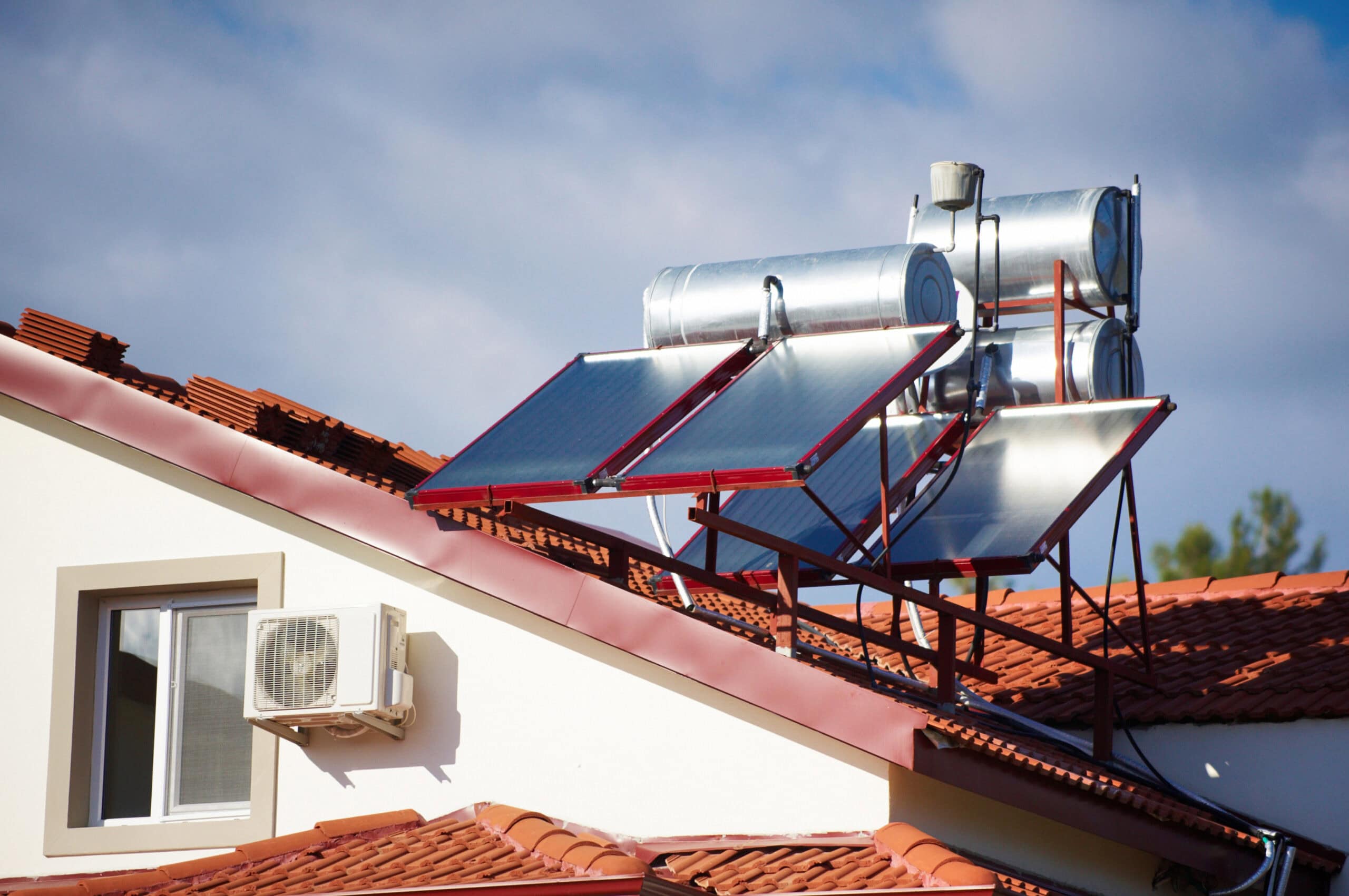
Factors That Influence Hot Water System Installation Costs
The cost of installing a hot water system can vary widely depending on a few key factors. What might seem like a simple replacement can quickly turn into a complex project requiring additional work and materials, which adds to the overall expense.
1. System Type and Capacity
The type of hot water system you choose has a big impact on your upfront and ongoing costs. For example, electric systems are generally cheaper to buy and install, while gas systems may require extra components like gas tests or new gas cocks, which can add to your bill.
Capacity is another crucial factor. Your household size and water usage patterns determine the size of the system you need. Families with multiple bathrooms or peak usage times will require larger systems, which increases both the equipment and installation costs.
As a guideline, each person in a household uses about 50 litres of hot water daily. For storage systems, hot water systems, general recommendations are:
- 1–2 people: 120–160L
- 3–4 people: 160–250L
- 5+ people: 250–350L
This accounts for individual usage as well as additional use, like multiple long showers or running the dishwasher and washing machine at the same time. Additionally, it’s important to size the tank for the entire household and potential future needs, not just the current number of occupants.
2. Installation Complexity
How complicated the installation is will also influence the final cost. Replacing the same type of system in the same location is usually straightforward, but switching to a different type of system often requires plumbing or electrical changes.
For example, first-time gas installations need gas line work, and solar systems require roof work for panels and additional plumbing. The more complex the installation, the higher the labour costs.
3. Brand and Quality of the System
Naturally, premium brands may come with a higher price tag, but they typically offer better reliability and longer warranties. Investing in a well-known, reputable brand can mean fewer breakdowns, more efficient heating, and a longer overall lifespan for your system. Many high-quality systems also come with extended warranties, which provide peace of mind and protect against unexpected repair costs.
It’s important to check the warranty details carefully, as some may require scheduled servicing or have exclusions, such as labour costs, that could affect the value.
4. Location and Accessibility
Where the system is installed can affect both efficiency and installation costs too. Hard-to-reach areas such as roof spaces, tight passages, or multi-story homes may require extra labour or special equipment like cranes, which increases expenses.
5. Additional Materials and Plumbing Requirements
A hot water system installation isn’t just about the unit itself. Additional components are often necessary for a safe and compliant setup, including:
- Tempering valves to prevent scalding
- Duo/non-return valves to stop backflow
- New copper piping for reliable water flow
- Concrete slabs or mounts for stability
6. Hidden Costs to Consider
Be cautious of quotes that seem unusually low. Many companies list a base price and later add essential extras. Common hidden costs include:
- Removal of the old system
- Electrical upgrades, such as switchboard improvements
- Pre-installation property checks or inspections
- Delivery fees, especially in rural or remote areas
|
At Crawford Plumbing, we believe in full transparency, so there are no surprises on your final bill. We provide detailed quotes that include all essential components and potential additional costs, from old system removal and electrical upgrades to pre-installation checks and delivery fees. Our goal is to ensure you know exactly what you’re paying for and can make an informed decision without hidden extras popping up later. |
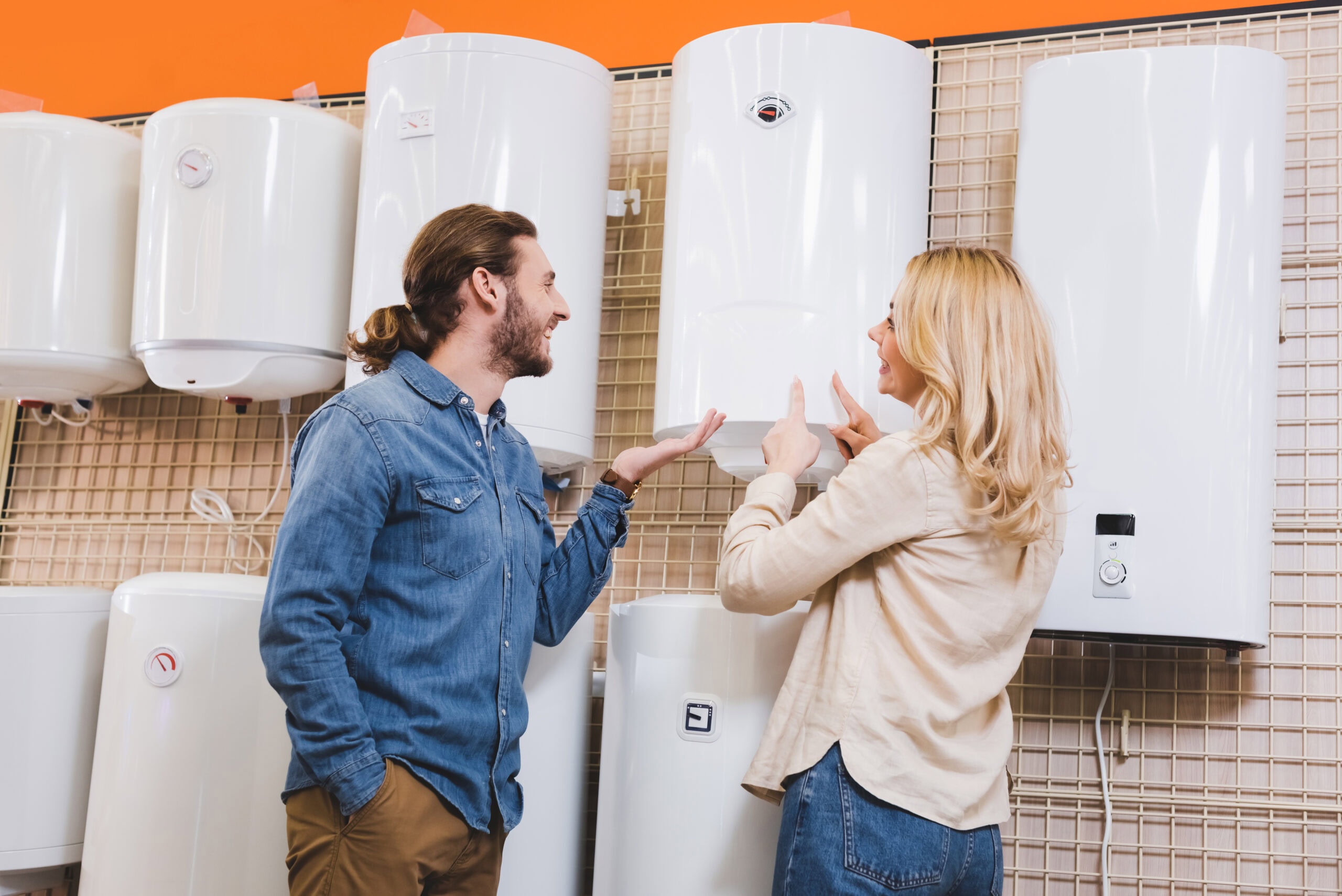
Average Hot Water System Installation Costs in 2025
|
System Type |
How It Works / Definition |
Unit &Installation Cost (AUD) |
Notes / Considerations |
|
Electric |
Heats water using an electric element. Storage systems keep water in an insulated tank; instantaneous systems heat water on demand. |
$600 to $2,200 |
Most affordable upfront; running costs are higher unless paired with solar; suitable for small to medium households. |
|
Gas |
Uses natural gas or LPG to heat water. Storage systems store hot water for later use; instantaneous systems heat water as needed. |
$1,200 to $3,500 |
Cheaper to run than electric; heats water faster; LPG is more expensive; labour depends on existing gas connections. |
|
Solar |
Uses roof-mounted solar collectors to heat water, with a storage tank. Electric or gas backup is included for cloudy days. |
$4,000 to $8,000 |
High upfront cost but major long-term savings; flat-plate or evacuated tube collectors; government rebates can reduce cost. |
|
Heat Pump |
Extracts heat from the surrounding air using refrigeration technology and transfers it to water. Highly energy-efficient, similar to reverse-cycle air conditioners. |
$3,000 to $6,500 |
Uses 60–75% less electricity than standard electric; payback in 4–6 years; works well with solar panels; suitable for eco-conscious households. |
Hot Water System Repair Costs
You might not always need a full replacement. Sometimes, repair is all you need to get your system back up and running. Repair costs will depend on the type of issue, the age of your system, and whether parts need to be replaced. Common repairs include:
- Replace thermostat, element, or valve: $150 – $450
- Fix leaking pipe or joint: $200 – $500
- Tank leak or corrosion: $700 – $1,200
- Frequent breakdowns (2+ repairs per year): $300 – $800 per visit
- System older than 10 years showing signs of repair: Often >$500 per repair
However, If repair costs exceed half the price of a new system, it’s often better to replace the system. At Crawford Plumbing, we help assess whether a repair or replacement is the best option for your home, ensuring reliability while keeping costs under control.
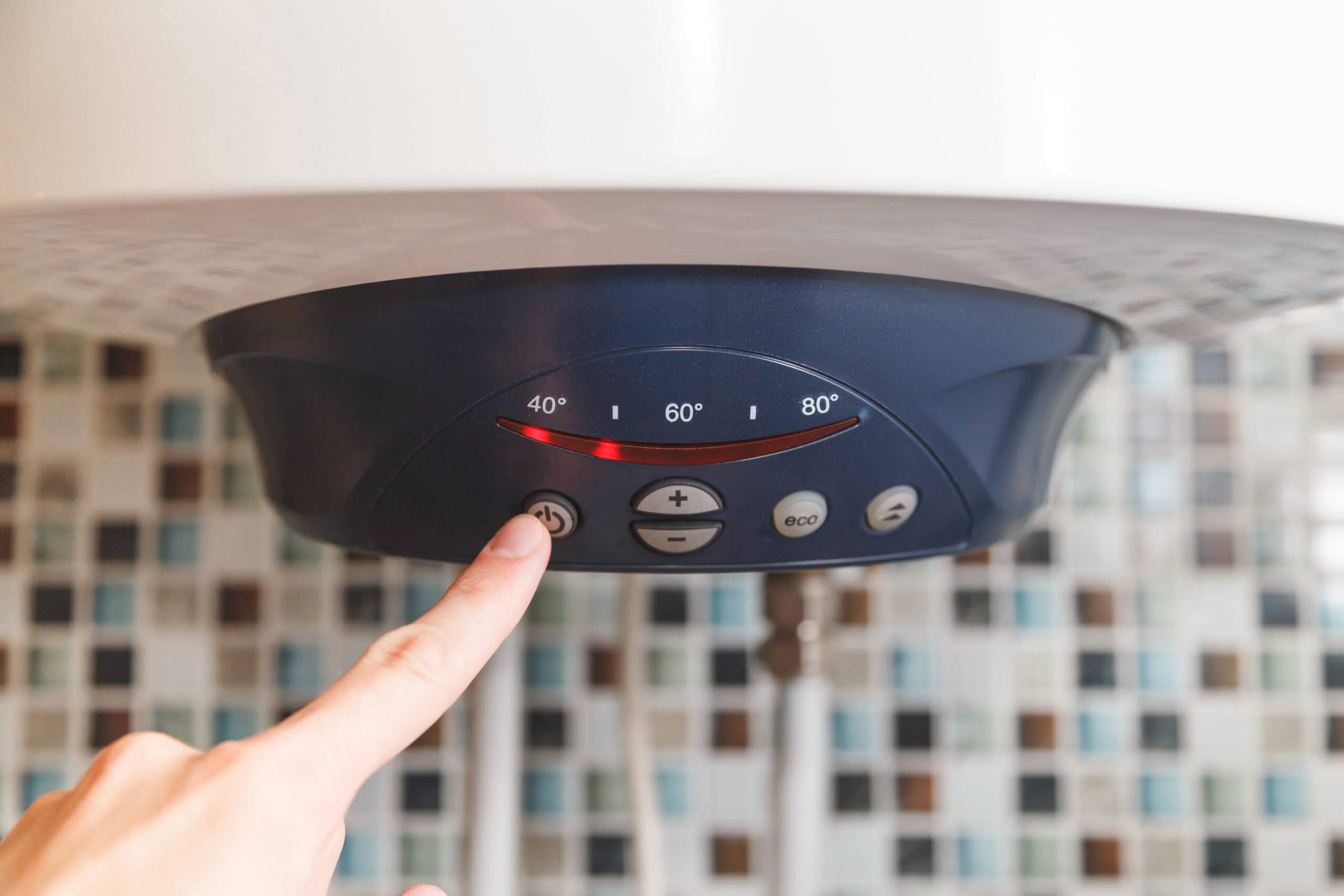
Ways to Reduce Hot Water Installation Costs
Want to cut your hot water system installation costs without sacrificing quality? Beyond the base prices, there are smart ways to save money while still getting a reliable, efficient system.
1. Government Rebates and Incentives
Government programs can significantly reduce your upfront costs. In Victoria, households can receive rebates of up to AUD $1,400 for qualifying heat pump or solar hot water systems, with even higher savings for locally made products.
NSW residents can save up to AUD $640 when replacing an electric water heater with a heat pump, or up to AUD $330 when upgrading from gas. These savings are usually applied as instant discounts rather than cash back.
To claim these rebates, you’ll need to research eligible systems and get quotes from qualified, accredited installers.
2. Choosing the Right System Size for Your Needs
Selecting the right size system can save both upfront and running costs. Oversized units cost more to buy and waste energy, while undersized systems might not provide enough hot water, pushing you for another replacement.
Factors to consider include household size, number of bathrooms, and peak usage times. For example, a typical family of four generally requires a 250L tank. A qualified installer can assess your household’s exact needs to ensure you get the most cost-effective system.
3. DIY vs. Professional Installation Considerations
While DIY installation might seem like a way to save on labor costs, it is not legal or safe to do so. Hot water system installation involves complex and potentially dangerous electrical or gas connections, which can only be carried out by a licenced and qualified plumber or electrician. Attempting a DIY installation puts you at serious risk of water leaks, electrical failure, structural damage, the heater bursting, or even fires.
Professional installation ensures your system meets safety standards, keeps manufacturer warranties valid, and avoids costly mistakes. Many warranties require a licensed installer to maintain coverage. Professionals also remove your old unit and ensure all electrical and plumbing work complies with regulations, giving you peace of mind. DIY installation, on the other hand, can void your warranty, result in fines, and create expensive plumbing problems down the line.
5. Focus on Long-Term Maintenance and Reliability
A good hot water system can last 10–15 years without major problems. Premium brands often include 15-year tank warranties, showing how durable they are. Getting professional maintenance every five years can extend your system’s life to 15–20 years. Choosing the right tank size and keeping up with routine maintenance helps your system work efficiently and saves money over the long term.
Maintenance Tips to Extend Your System’s Lifespan
Once installed, proper maintenance is key to keeping your hot water system running efficiently and extending its life. Regular care can prevent costly repairs and improve overall performance. Here are some essential tips:
1. Regular Flushing and Descaling
Sediment and mineral buildup can reduce efficiency and damage heating elements. Flushing your storage tank every 6–12 months helps remove these deposits. In hard water areas, installing a water softener can prevent scale from forming. Regular flushing can add up to 3 years to your system’s life while improving heating efficiency.
Storage tank flushing steps:
- Turn off the power and water supply.
- Connect a hose to the drain valve.
- Drain the tank until the water runs clear.
2. Check Pressure and Temperature Settings
The temperature-pressure relief valve should be inspected yearly. Lift the lever and let some water discharge to ensure it’s working properly. Your thermostat should be set to 60°C (50°C at the outlet) to prevent bacterial growth, maximise efficiency, and reduce the risk of scalding.
3. Professional Inspections and Servicing
Even with regular DIY maintenance, professional servicing every 3–5 years is essential. Experienced technicians can spot small problems before they turn into expensive repairs. A full professional service typically includes:
- Checking and replacing the anode (every 5 years)
- Testing valves and thermostats
- Inspecting heating elements
- Checking for leaks or corrosion
Investing in professional maintenance pays off: each dollar spent on upkeep can save in future repair costs!
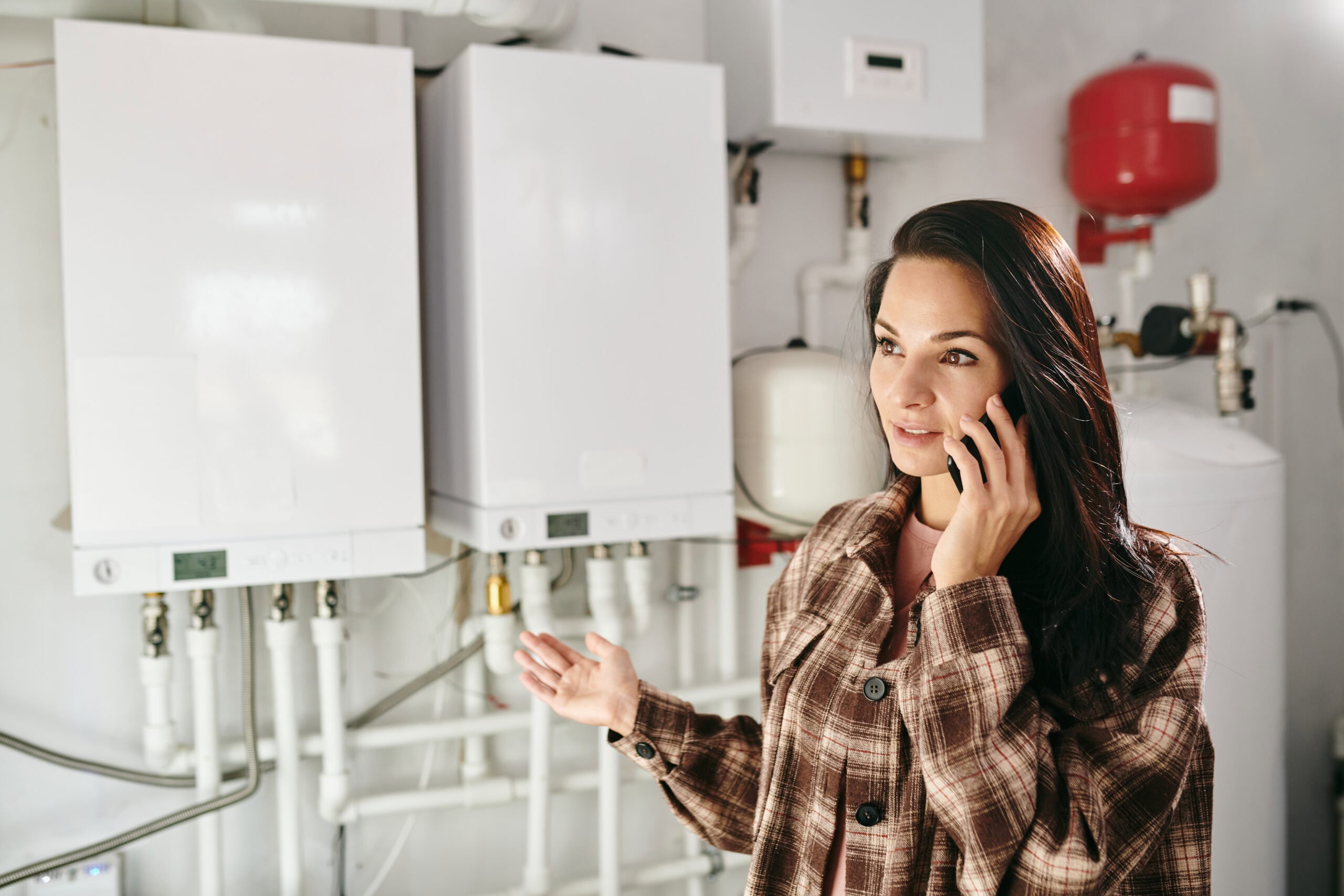
Make a Smart Investment in Your Home’s Hot Water
Choosing the right hot water system is a major decision that affects both your comfort and your household budget for years to come. Electric systems are the most affordable upfront, while heat pumps and solar systems cost more initially but pay off in the long run. And with government rebates making these energy-efficient options more affordable than ever, there’s never been a better time to go green!
But, getting the right size for your household is just as important as choosing the system type. The perfect fit keeps your running costs down and ensures you never run out of hot water, even during peak times.
Ready to upgrade your hot water or replace an old system? At Crawford Plumbing, we provide expert hot water installation, maintenance, and repair services. Book a quote today and make sure your home has reliable, efficient hot water for years ahead.

